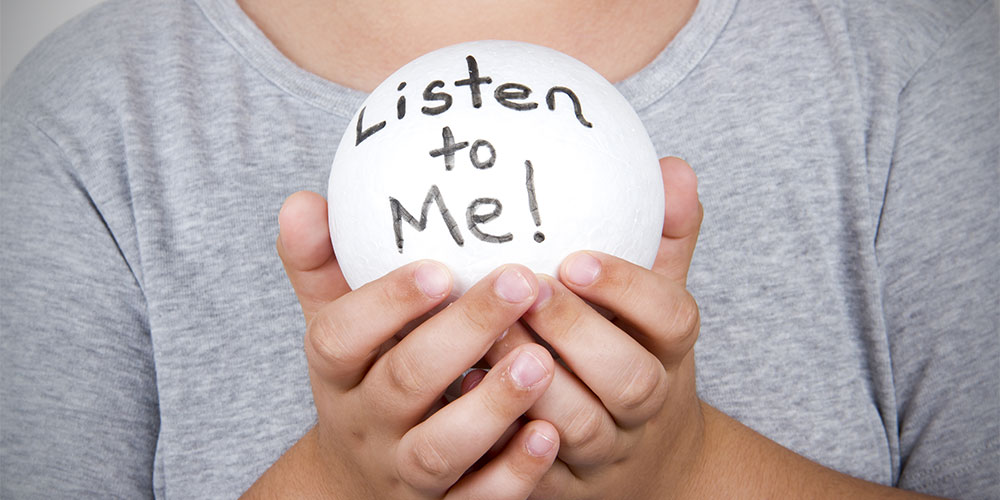Signs a Student May Be Struggling With Their Mental Health and How to Help
A new whitepaper from Mental Health America and Impero discusses the effects of stress and loneliness on students and how school staff and parents can help.

In its first year, nearly 28,000 tips were submitted through Pennsylvania’s Safe2Say Something school safety anonymous tip app. More than 90% of those tips were related to mental health issues, reflecting recent statistics that show a significant rise in depression, suicide and suicide attempts among young people.
Impero, a provider of real-time monitoring and keyword detection software, in conjunction with Mental Health America (MHA), recently released a whitepaper to further educate the public on this growing issue.
The whitepaper, titled “Mental Health in America’s Schools — A Guide to Supporting Students,” discusses the prevalence of stress and loneliness among school-aged children, the warning signs, and how parents and schools can provide early intervention and support. It also shares some of the latest research and statistics around student mental health.
According to a survey conducted by MHA, 48% of students ages 11-17 reported feeling “very stressed out.” The top reason students reported feeling stressed out was the pressure to get good grades (78%). Other top factors include preparing for the future (76%), loneliness (68%), appearance/body image (62%) and juggling priorities (61%).
Research from the American Psychological Association (APA) also shows many parents are unaware of the amount of stress their children are feeling. Only 3% of parents rated their children’s stress as extreme when the same study found about one in five children ages 8-17 report worrying a lot or a great deal.
Similarly, about one in every three children reported getting headaches in the previous month but only 13% of parents thought their children suffered from headaches. Additionally, 44% of children reported sleeping difficulties but only 13% of parents reported the same about their children.
Impero’s whitepaper also looks at the effects of loneliness on children. A 2019 London report found 11.3% of children reported often feeling lonely, most commonly among children ages 10-12.
MHA says the main reasons children often feel lonely include:
- Moving to a new neighborhood
- Changing schools
- Parents getting divorced
- An older brother or sister moving out of the house
- All their friends are in a relationship
- Fights with friends
- Being bullied
- Seeing social media posts for activities they weren’t invited to
According to MHA and the World Health Organization (WHO), nearly half of all mental health disorders begin by the age of 14, emphasizing the importance of paying attention to possible warning signs and putting early interventions in place.
Possible warning signs, especially if the behaviors repeat or become long-term issues, include:
- Feeling angry or easily frustrated
- Experiencing tiredness, likely caused by poor sleep
- Losing temper with peers
- Frequent headaches or other unexplained ailments
- Changes in appetite
- Trouble concentrating or thinking clearly
- Feeling sad, moody, nervous or anxious
- Feeling they can’t handle life’s challenges
- Shunning friends and activities
How Teachers and Parents Can Help
While stopping stress altogether is impossible, Impero and MHA recommend these eight strategies to help students better cope with pressure:
- Remind them to be kind to themselves. No one is perfect and you will be rewarded by trying your best.
- Help with time management. This can be done by setting a schedule, breaking down tasks into small goals and reinforcing that they should celebrate progress.
- Don’t forget the basics. Be sure to encourage healthy eating (limit sugar and caffeine) and getting enough sleep.
- Keep an eye out for signs of substance abuse. Teens under stress are more susceptible to using drugs or alcohol or vaping.
- Let them know it is okay to “let it out.” Laughing or crying can help release emotions.
- Help them relax. Encourage students/children to listen to music, stretch or meditate when they feel stressed.
- Tell them you care about them. Students/children need to feel appreciated, as we all do. Knowing that someone cares about their wellbeing can be comforting.
- Tell them it is okay to ask for help. Remind them knowing when to ask for help is a strength, not a weakness.
The white paper further discusses the role of social media in loneliness and how implementing Social and Emotional Learning (SEL) programs can help. For more information, download the free whitepaper here.
If you appreciated this article and want to receive more valuable industry content like this, click here to sign up for our FREE digital newsletters!
 Leading in Turbulent Times: Effective Campus Public Safety Leadership for the 21st Century
Leading in Turbulent Times: Effective Campus Public Safety Leadership for the 21st Century
This new webcast will discuss how campus public safety leaders can effectively incorporate Clery Act, Title IX, customer service, “helicopter” parents, emergency notification, town-gown relationships, brand management, Greek Life, student recruitment, faculty, and more into their roles and develop the necessary skills to successfully lead their departments. Register today to attend this free webcast!








